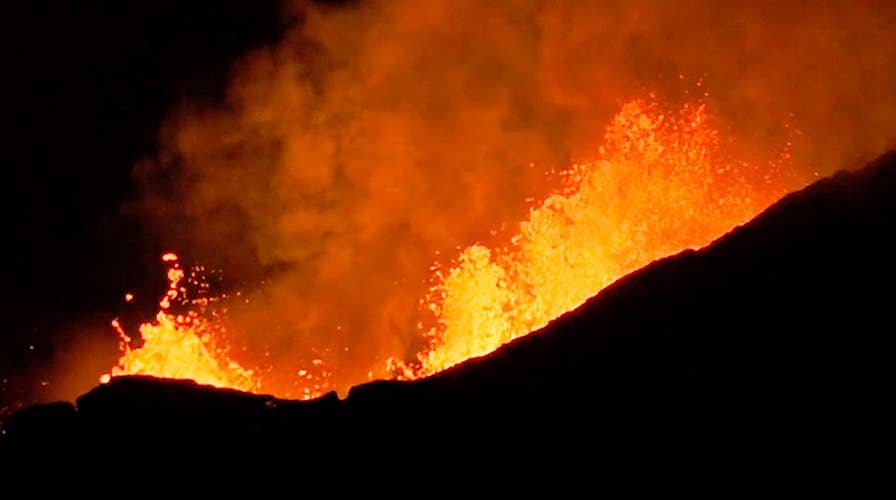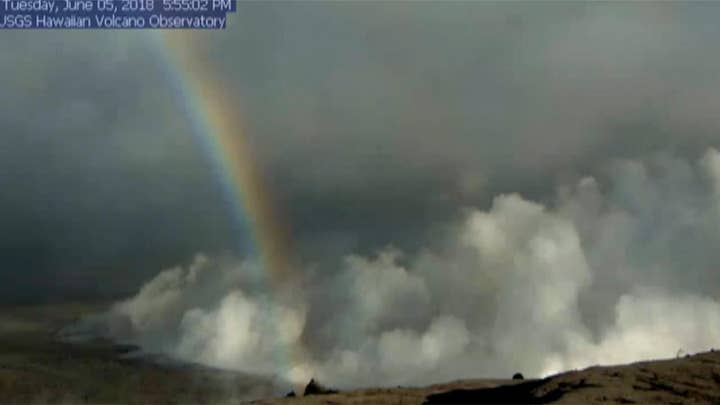Hawaii volcano: Authorities warn of dangers beside lava
As the fiery eruption of Kilauea continues to force evacuations on the Big Island of Hawaii, authorities are warning about other phenomena that could harm those in the area.
PAHOA, Hawaii – Hawaii’s governor and federal emergency management officials were expected to travel to the Big Island on Thursday to discuss how to assist hundreds of residents displaced by the fiery eruption of Kilauea.
In the past month, more than 400 homes and other structures have been obliterated as the volcano's hot magma has poured through neighborhood after neighborhood, torching everything in its path.
Volcanologists say a river of molten rock upwards of 20 feet tall tore through the Kapoho Beach Lots and Vacationland.
“Vacationland is gone, there's no evidence of any properties there at all," Wendy Stovall, a volcanologist with the U.S. Geological Survey (USGS), told reporters on a conference call.
“Vacationland is gone, there's no evidence of any properties there at all."
One of the homes destroyed belonged to Hawaii County Mayor Harry Kim.
“I borrowed $5,000 to buy it,” he said during a community meeting. “Sounds like nothing now, but it was all I had.”
Last weekend, Kirk Rahmer became yet another resident who lost his home.
“I left a lot of things behind because I didn’t want to feel as if I was abandoning my home," Rahmer told Hawaii News Now. "So I’m real sad. I’ve always considered myself a tenant of Pele (the goddess of volcanic fire), so this may be my eviction notice.”
Gregory Braun, who has been in the flower business for four decades, lost five acres of orchids.
"Hawaii probably lost half of the state's cut-flower orchid production in four days," he said. "We just didn't believe it would happen. We were there for so long and we were so established.”
"Hawaii probably lost half of the state's cut-flower orchid production in four days. We just didn't believe it would happen.
On Wednesday, more than 500 earthquakes hit the Big Island.
On May 3, Kilauea began shooting ash plumes 30,000 feet into the air. Thick waves of lava seeped from fissures in the ground, destroying homes, choking off escape routes and knocking out power before creeping its way toward the ocean.
As it hit the blue waters of the Pacific, it created a dangerous steam laced with hydrochloric acid and fine glass.
Thick “vog” – volcanic smog created by vapor, sulfur dioxide gas and carbon dioxide – blanketed a 2,400-acre zone, and last week, USGS scientists warned of volcanic glass called “Pele’s hair” falling from the sky.
There are new fears that shifting trade winds will send vog plumes toward the rest of the state.
At least seven people have been hurt since the first eruption, including three government workers, Hawaii County officials said Wednesday.


